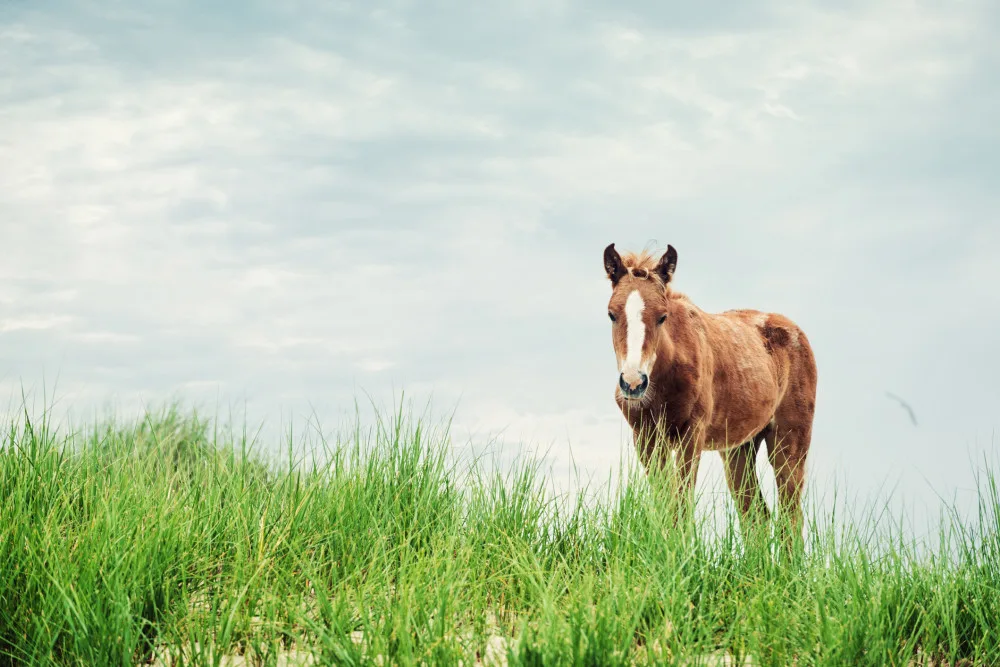
Need another vacation? See six islands overrun by animals
Bored with constantly being surrounded by humanity? We have some getaways to suggest
Fed up with people? Maybe you need a getaway, but rather than heading off to the wilderness, why don't you try these six islands overrun by animals?
For some, the cuteness will sooth your soul. For others, the constantly underfoot skittering or slithering horror will make you think your noisy office may not be so bad after all.
RABBIT ISLAND: OKUNOSHIMA
Somewhere off the coast of Japan, there’s an island where this happens:
Okunoshima is more commonly know as Usaga Jima – Literally, “Rabbit Island,” for obvious reasons.
There are hundreds of them on the island, thanks to a benign environment with no natural predators (not even cats and dogs are allowed), and scenes of them mobbing anyone who might have a snack went viral in recent years.
It all sounds too good to be true. And, of course, it is.
Before its name became associated with cuddly long-ears, Okunoshima was more famous for something else: Chemical weapons. Between 1928 and 1945, an estimated 6,000 tonnes of poison gas were manufactured there. And they had to test them on something.
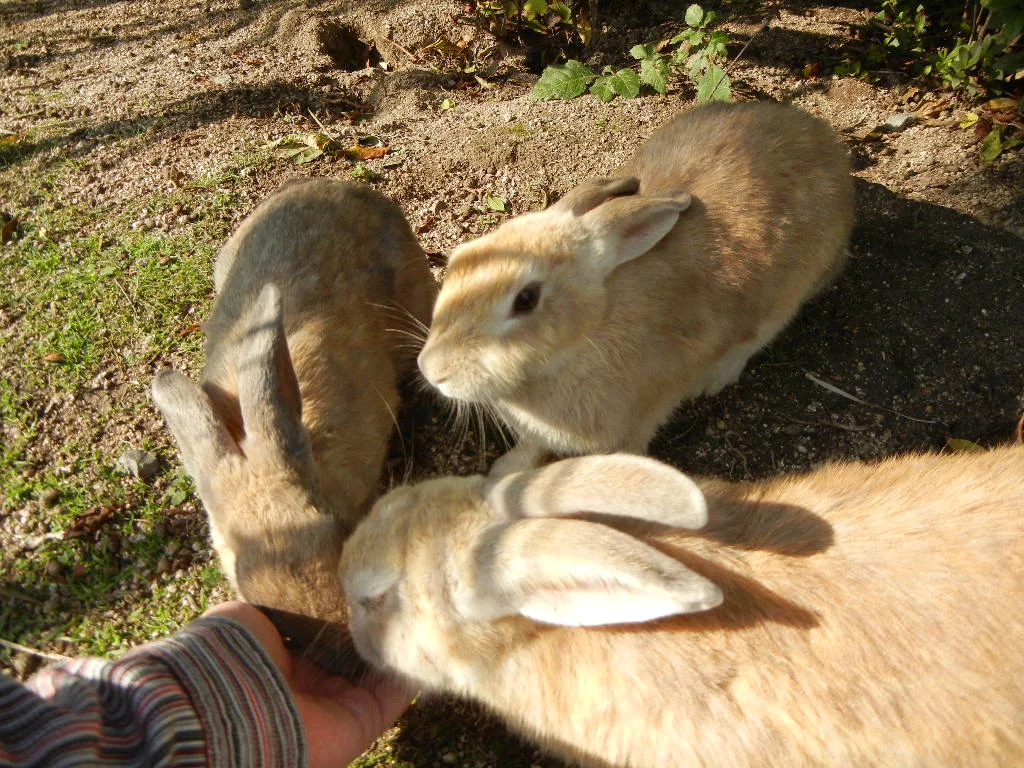
Image source: Wikimedia Commons
It’s an unbelievably dark idea: The same furry denizens that melt tourists’ hearts are descendents of the animals used for war crimes try-outs.
Certainly horrible, but the good news is, the rabbits may not be the former test subjects' descendents. According to the Guardian, the test subjects were all killed when the facility was shut down at the end of the war.
So where did today's rabbit hordes come from? It seems they’re descended from eight individuals who were released on the island by school children in 1971. And, as we mentioned, there are no natural predators, so their numbers will number in the thousands before long (imagine the stampede scene in the video below with, like, 10 times more rabbits):
THE ISLAND OF HORSES: SABLE ISLAND, NOVA SCOTIA
We’ll take a quick break from the gnawing horribleness of the last entry with a jaunt to home waters: Nova Scotia’s Sable Island.
No more than 35 km long, its tiny human population (most of it non-permanent) is dwarfed by the island’s most famous inhabitants: Herds of wild horses.
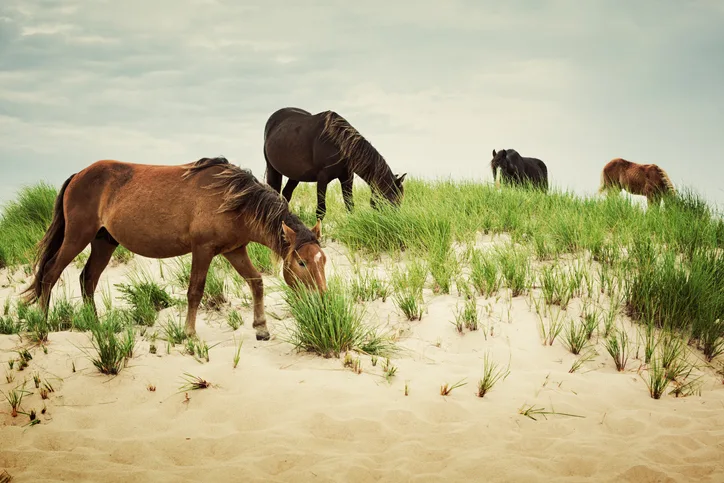
Image: Getty
The population figures vary, but in 2014 there were an estimated 550 of them on the island, with the numbers fluctuating depending on how harsh the season has been.
That unassuming strip of land has earned the monicker of “Graveyard of the Atlantic,” from the estimated 350-plus ships that met their stormy end there. A common myth is that the horses are descendents of survivors of the wrecks, who scrambled ashore and made Sable Island their home.
The reality is much less romantic, tied in with one of Canada’s more tragic historical episodes: The expulsion of the Acadians by the British from their homes in the Maritimes. It’s believed a Boston merchant bought their horses (or, as the CBC surmises, ‘helped himself’ to them), and took them to Sable Island, along with assorted livestock.
The plan was to raise wild herds on the islands, to be dipped into at intervals for sale elsewhere, but only the horses survived.
After a stint as work horses for rescue stations on the island in the 1800s, the horses were almost removed in the 1950s over ecological concerns, but public outcry forced the government to keep them where they were. The island was formally designated a national park in 2011.
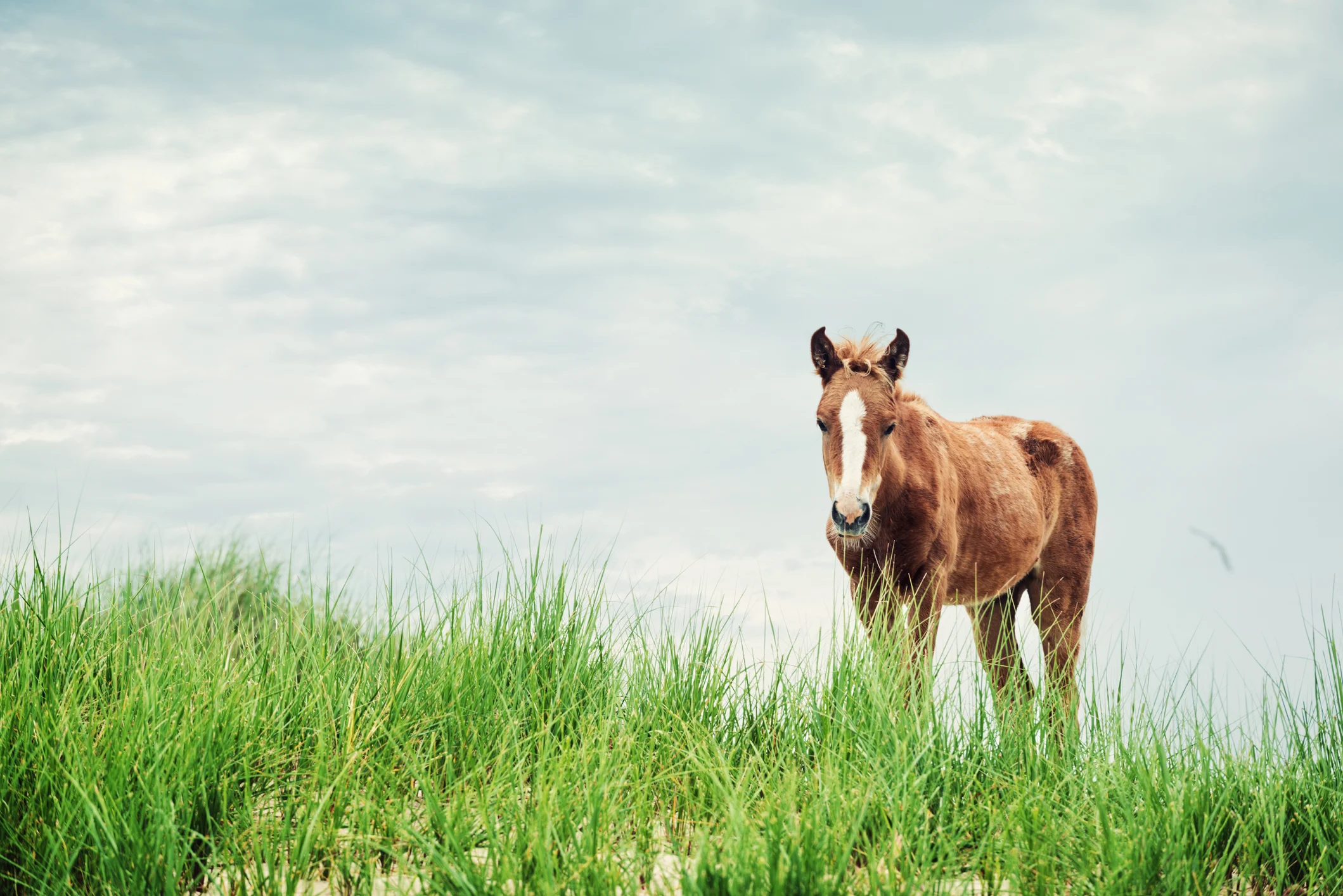
Image: Getty.
If you’ve the coin, you can visit, but beware. The weather off the island is so variable, Parks Canada warns visitors to be prepared for substantial delays whether by air or by sea.
SPIDER ISLAND: GUAM
Like the horses of Sable Island, the brown tree snakes of the Pacific island of Guam aren’t native to their home. They came in the 1940s, aboard ships and in the wheel wells of planes.
They had few predators, and the birds of the island couldn’t handle them. Today, the snakes have devoured 10 of the indigenous 12 species, with the remainder clinging to existence in areas of the island heavily protected against the snakes.
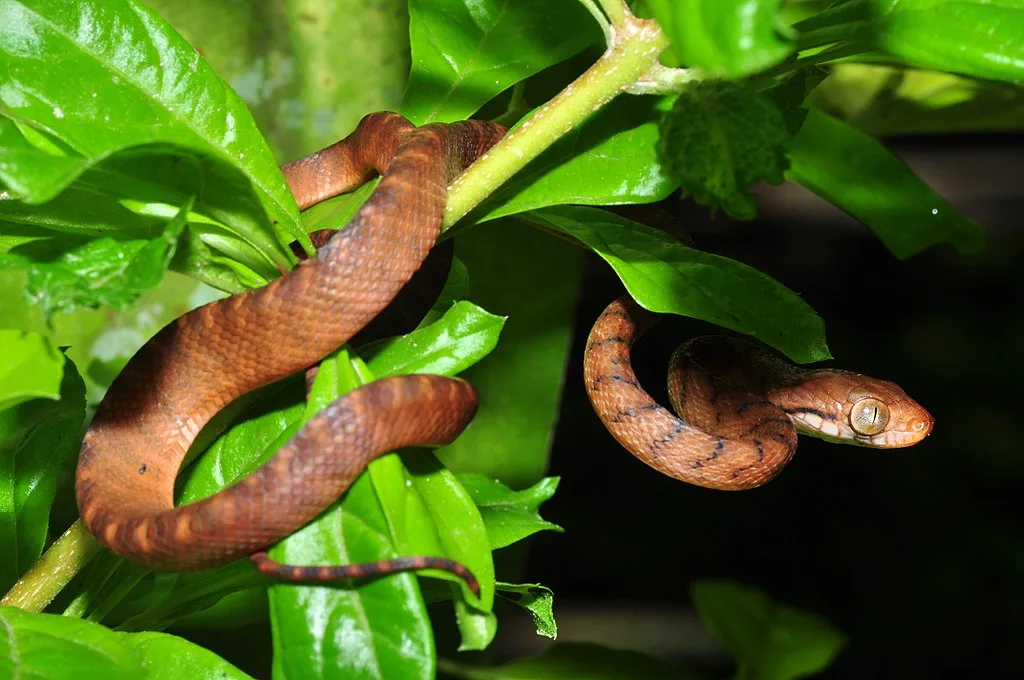
Image: Pavel Kirillov/Wikimedia Commons.
This entry isn’t about the snakes (but if you’re not into snakes, you should skip the next one). No, it’s about the spiders. The teeming, skittering hordes of spiders.
See, every bird that disappeared down a snake’s gullet was one less that could prey on the island’s spiders, or compete for their insect prey. Freed from their traditional foes, the spiders have basically been on holiday for decades – such that research from a few years ago suggests they’re about 40 times more numerous on average than spiders on other islands.
“You can’t walk through the jungles on Guam without a stick in your hand to knock down the spider webs,” says Haldre Rogers, the Rice University scientist studying Spider Island.
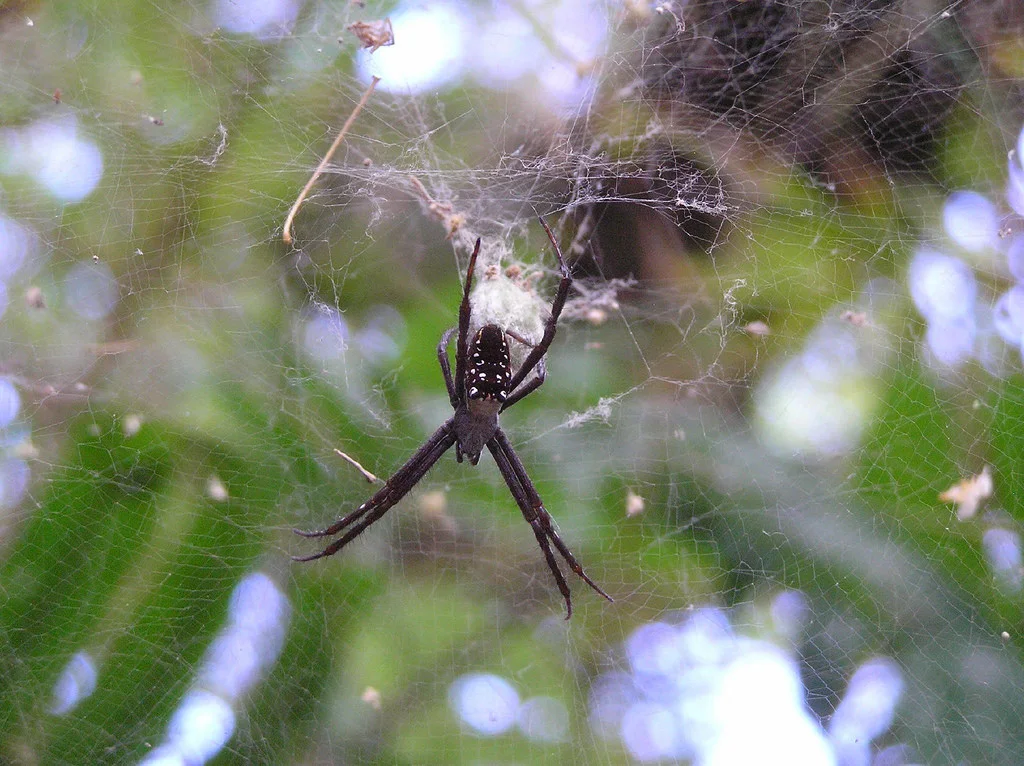
Image: Spider on Guam. Flickr/Cudinski
So long as you stay out of the jungles, you should be fine. It’s the other islands that authorities are worried about.
They’re so afraid of the same spider hordes rising up on other islands in the region, Guam officials spend $1 million a year scouring incoming ships and planes to make sure brown tree snakes don’t get off the island to start the process again somewhere else.
SNAKE ISLAND: ILHA DE QUEIMADA GRANDE
So, while Guam’s snake population is what’s behind the out-of-control spider infestation, you needn’t worry about spiders on Brazil’s Ilha de Queimada Grande.
On that island, off the coast of Sao Paulo state, the horror has cut out the middleman, so it’s all snakes, all the time.
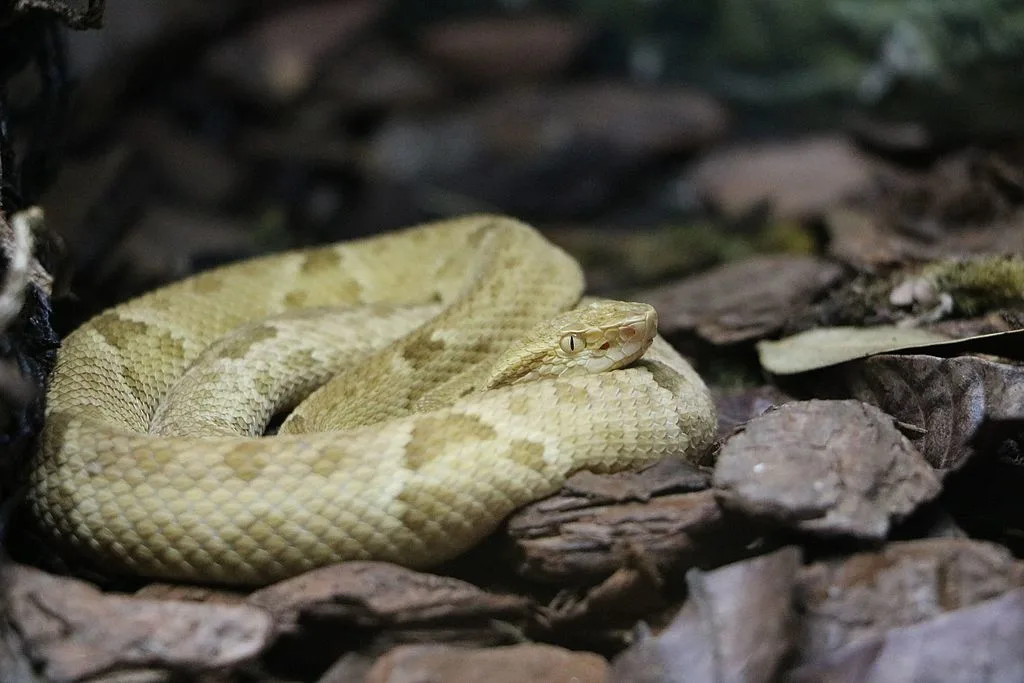
Image: Nayeryouakim/Wikimedia Commons
Up to 4,000 of them, to be exact, and most of them golden lancehead vipers, which are unbelievably venomous, with a bite that most accounts say can “melt” human flesh (we didn’t look too hard for videos to show you. For, um, obvious reasons).
Why are they so venomous? That’s related to how they ended up stuck on that island. The working theory is that their ancestors were stranded when sea levels rose, isolating the isle from the mainland.
We presume there’s not much to eat there at ground level (not anymore, anyway), so their preferred prey is birds. The big drawback to the avian diet is that once bit, the quarry may fly out of reach before it dies (it’s not a big island). So to counter this, nature selected for potent venom that will kill instantaneously.
Big shock: The island is uninhabited, but there’s plenty of stories of people who’ve blundered over there only to meet a hideous fate. The Brazilian navy kept a lighthouse there beginning in 1909, and somehow managed to convince someone to move there with his family to maintain it.
You can guess how that ended, so the navy now automates the lighthouse, but despite the isolation and danger, the snakes are in trouble. Their numbers have dropped 15 per cent in the last 15 years, due to habitat loss, disease and poaching (one individual can fetch tens of thousands of dollars on the black market).
It’s a familiar story, but still. It seems weird to us that such an unbelievably dangerous species would be critically endangered.
CRAB ISLAND: THE GREAT RED CRAB MIGRATION OF CHRISTMAS ISLAND
This entry is about Australia, and as such, no one is more surprised than us that the skittering multitudes of crabs on Christmas Island are actually mostly harmless.
They’d probably feature in someone’s nightmares for sure, but the small crustaceans’ chief features are their lovely red exoskeletons, and their ridiculous numbers:
Population estimates run in the 40-60 million range. If we go with the upper estimate, they outnumber the Christmas Islanders about 30,000 to one (Fun extra detail: There are only about 24 million people in all of Australia).
They’re most visible when it’s mating season. Once the rainy season kicks off, they all amble en masse down to the beaches to get the next generation going.
This isn’t anything out of the ordinary for the Christmas Islanders. In fact, they’ve come up with plenty of unique methods to make sure the horde gets to the beach without hassle, including strategically placed tunnels and walls designed to funnel them toward them:
A few thousand of them die a year beneath the wheels of the islanders’ vehicles, but we doubt that makes much of a dent.
KITTY ISLAND: TASHIROJIMA
We’ll finish this where it began: Japan.
If the Internet was a physical creature, it would live on Tashirojima Island, off Japan’s northeast coast -- an island whose numerous feral cats make it a YouTube video waiting to happen.
Apparently, they were first brought to the island back when it was used for silkworm cultivation. The working cats kept the harmful mouse population down, and established themselves as a permanent fixture.
As production waned, fishing became the island’s livelihood, and the fishermen apparently came to believe the cats were good luck, somehow able to give clues about the weather.
The island is not far from the site of the catastrophic 2011 tsunami that struck Japan, but it seems the damage to the island was not as bad as it could have been, and the cats and their human neighbours are all in good shape.
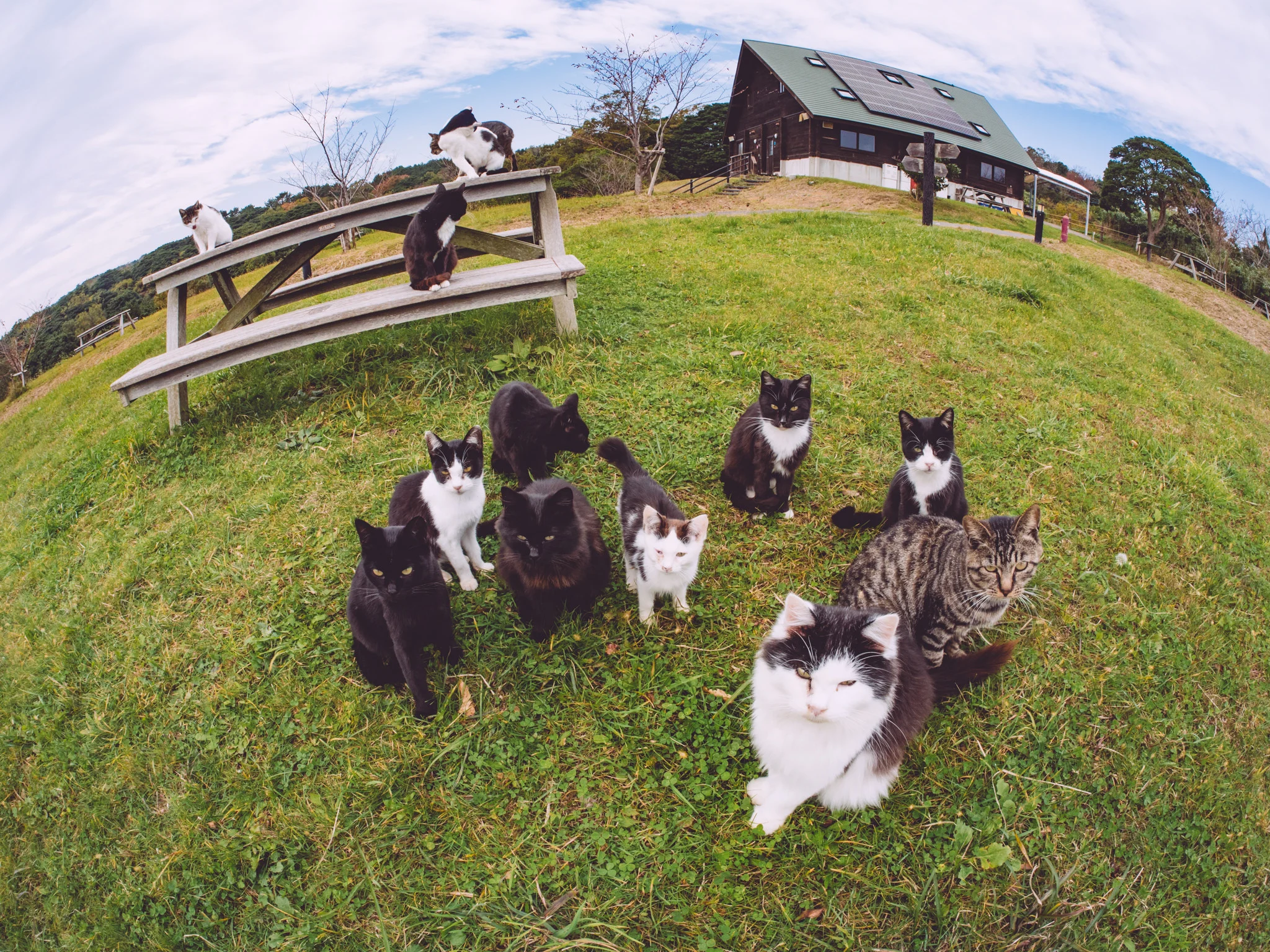
Image: Flickr
Tourism has, of course, skyrocketed once word of the kitty crowds got out (Japan is the land of Hello Kitty and Kawaii culture, after all).
Dogs are apparently not allowed (although given how hopelessly outnumbered they’d be, we’re not sure it would matter), and snack-bearing visitors are just a ferry ride away.
If you want, you can even rent a home on the island, some of which are designed to evoke images of cats, as if the occasional literal shrines to them weren’t numerous enough.
Probably a little pricey, but hey. At least it’s not super-venomous snakes.
SOURCES: The Guardian | CBC | Parks Canada | The Canadian Encyclopedia | Rice University | NPR | Smithsonian Magazine | Daily Mail | Christmas Island website | ABC | Daily Beast











